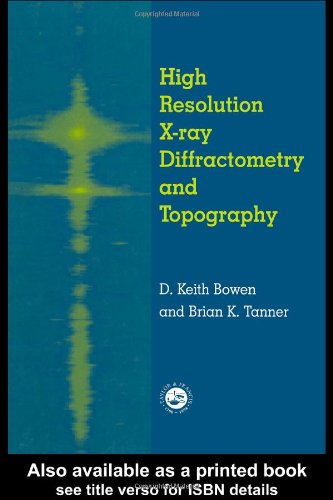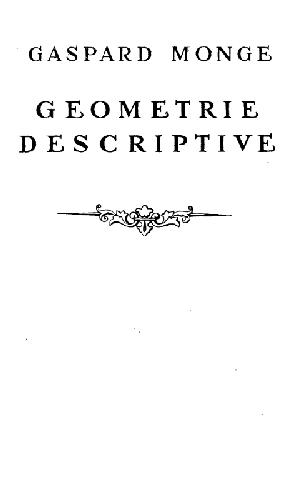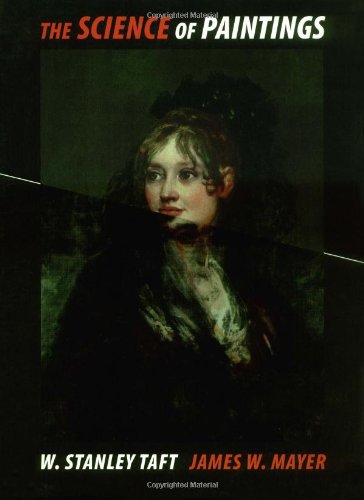D.K. Bowen, Brian K. Tanner0850667585, 9780850667585
Table of contents :
Half-Title……Page 2
Title……Page 3
Copyright……Page 4
Contents……Page 5
Preface……Page 9
1 Introduction: Diffraction Studies of Crystal Perfection……Page 12
1.1 The response of a crystal to a plane wave……Page 13
1.2 Comparison of radiations for diffraction……Page 17
1.3 Comparison of surface analytic techniques……Page 18
1.4 High resolution X-ray diffractometry……Page 19
1.6.1 X-ray topography with conventional sources……Page 21
1.7 Summary……Page 23
References……Page 24
2.1 Limitations of single-axis diffraction……Page 26
2.2.1 Laboratory generators……Page 27
2.3 High resolution systems……Page 29
2.4 The duMond diagram……Page 31
2.5 Beam conditioners……Page 35
2.5.1 The non-dispersive setting……Page 37
2.5.2 CCC design……Page 40
2.5.4 Asymmetric CCC and duMond……Page 42
2.5.5 X-ray mirrors……Page 44
2.6.1 Bragg plane tilt……Page 47
2.6.1.1 Tilting about axis in incidence plane and Bragg plane……Page 49
2.6.2 Curvature and mosaic structure……Page 51
2.6.3 Dispersion……Page 53
2.7 Detectors……Page 54
2.7.1 Proportional counters……Page 55
2.7.4 Position-sensitive detectors……Page 56
2.7.5 Dead time correction……Page 57
2.8.1 Instrument alignment……Page 58
2.8.3 Measuring the rocking curve……Page 59
2.9 Summary……Page 60
References……Page 61
3.1 Introduction……Page 62
3.2 Plane wave diffraction from heteroepilayers……Page 63
3.3 Selection of experimental conditions……Page 65
3.4.1 Mismatch……Page 67
3.4.4 Tilt……Page 69
3.4.5 Dislocation content……Page 70
3.4.6 Curvature and mosaic spread……Page 71
3.4.7 Relaxation……Page 73
3.4.8 Thickness……Page 77
3.5 Summary……Page 80
References……Page 81
4.1 Introduction……Page 82
4.2.1 The structure factor……Page 83
4.2.2 The strengths of X-ray reflections……Page 85
4.2.3 Intensity diffracted from a thin crystal……Page 87
4.2.4 Anomalous dispersion……Page 89
4.2.5 Reciprocal space geometry……Page 91
4.3 Dynamical theory……Page 93
4.3.1 Fundamental equations……Page 98
4.3.2 Dispersion space and geometry……Page 101
4.3.3 Boundary conditions……Page 103
4.3.4 Absorption……Page 105
4.3.5 Penetration depth……Page 108
4.4.1 Thermal vibrations……Page 109
4.4.2 Thermal diffuse scatter……Page 111
4.4.4 Dislocation scatter……Page 112
4.5 Formulae for rocking curve widths, profiles and intensities……Page 113
4.5.1 Bragg case formulae……Page 115
4.5.2 Laue case formulae……Page 118
References……Page 119
5.1 Introduction……Page 122
5.1.1 The Takagi-Taupin generalised diffraction theory……Page 123
5.2.1 Thin-layer and substrate solutions……Page 124
5.2.2 Calculation of strains and mismatches……Page 125
5.2.4.1 Two-beam approximation……Page 127
5.2.4.4 Neglect of diffuse scatter……Page 128
5.3.1 Effect of beam conditioner……Page 129
5.3.2 Effect of detector noise……Page 130
5.4 Limitations of the simulation approach……Page 131
5.5.1 Simulation strategies……Page 133
5.5.2 An example simulation: deduction of material parameters……Page 134
5.5.3 Example 1: single-layer structure……Page 136
5.5.4 A second example: a HEMT structure……Page 137
5.6 Summary……Page 141
References……Page 143
6.1 Review of rocking curves from thick layers……Page 144
6.2 Thin single layers……Page 146
6.3 Graded thick layers……Page 148
6.4 Bragg case interferometers……Page 150
6.5 Superlattices……Page 152
6.6 General characteristics of large repeat superlattices……Page 156
6.6.1 Average mismatch……Page 158
6.6.3 Thickness or period dispersion……Page 159
6.6.4 Interface roughness and grading……Page 160
6.6.5 Simulation of superlattice structures……Page 162
6.7 Summary……Page 163
References……Page 164
7.1 Introduction……Page 168
7.2.1 Mechanical precision……Page 169
7.2.2 The beam conditioner……Page 170
7.3 Setting up a triple-axis experiment……Page 171
7.4 Separation of lattice tilts and strains……Page 172
7.5 Measurement of kinematical scattering from a defective surface……Page 173
7.6 Measurement of distorted specimens……Page 174
7.7 Full reciprocal space mapping……Page 176
7.8 Applications of reciprocal space mapping……Page 182
7.9 Summary……Page 187
References……Page 188
8.1 Introduction……Page 192
8.2 Contrast mechanisms……Page 193
8.3 The Berg-Barrett technique……Page 194
8.4.1 Section topography……Page 196
8.4.2 Projection topography……Page 197
8.5.2 Setting the diffraction vector in the horizontal plane……Page 198
8.5.3 Finding the Bragg reflection……Page 199
8.6.1 Photographic resolution……Page 200
8.6.2 Real-time topography resolution……Page 202
8.6.3 Optimal contrast and speed……Page 203
8.7.1 Crystals apparently perfect……Page 205
8.7.2 Thickness fringes in traverse topographs……Page 208
8.7.3 Crystals containing sub-grains and dislocations……Page 209
8.8.1 Small distortions……Page 210
8.8.2 Large distortions……Page 214
8.9.1 Images of dislocations……Page 217
8.9.2 Contrast of stacking faults in section topographs……Page 222
8.10 Summary……Page 226
References……Page 227
9.1 Introduction……Page 230
9.2 Principles and experimental geometries……Page 231
9.3 Defect contrast in double-crystal topographs……Page 233
9.4 Spatial resolution……Page 235
9.5 Synchrotron radiation double-crystal topography……Page 237
9.6.1 Incoming wafer inspection……Page 238
9.6.2 Strain contour mapping……Page 239
9.6.3 Curved crystal reference crystal topography……Page 240
9.7 Summary……Page 242
References……Page 243
10.2 Synchrotron radiation sources……Page 244
10.3 Source requirements for synchrotron X-ray topography……Page 247
10.4.2 Continuous spectrum……Page 251
1 0.4.5 Time structure……Page 253
10.5.1 White radiation topography……Page 254
10.5.2 Example applications of white radiation topography……Page 259
10.5.3 Stroboscopic studies……Page 264
10.5.4 Multiple crystal topography……Page 265
10.5.5 Example applications of synchrotron radiation for double-crystal topography……Page 267
10.5.6 Triple-axis topography……Page 270
10.6 Summary……Page 271
References……Page 272
Index……Page 274







Reviews
There are no reviews yet.